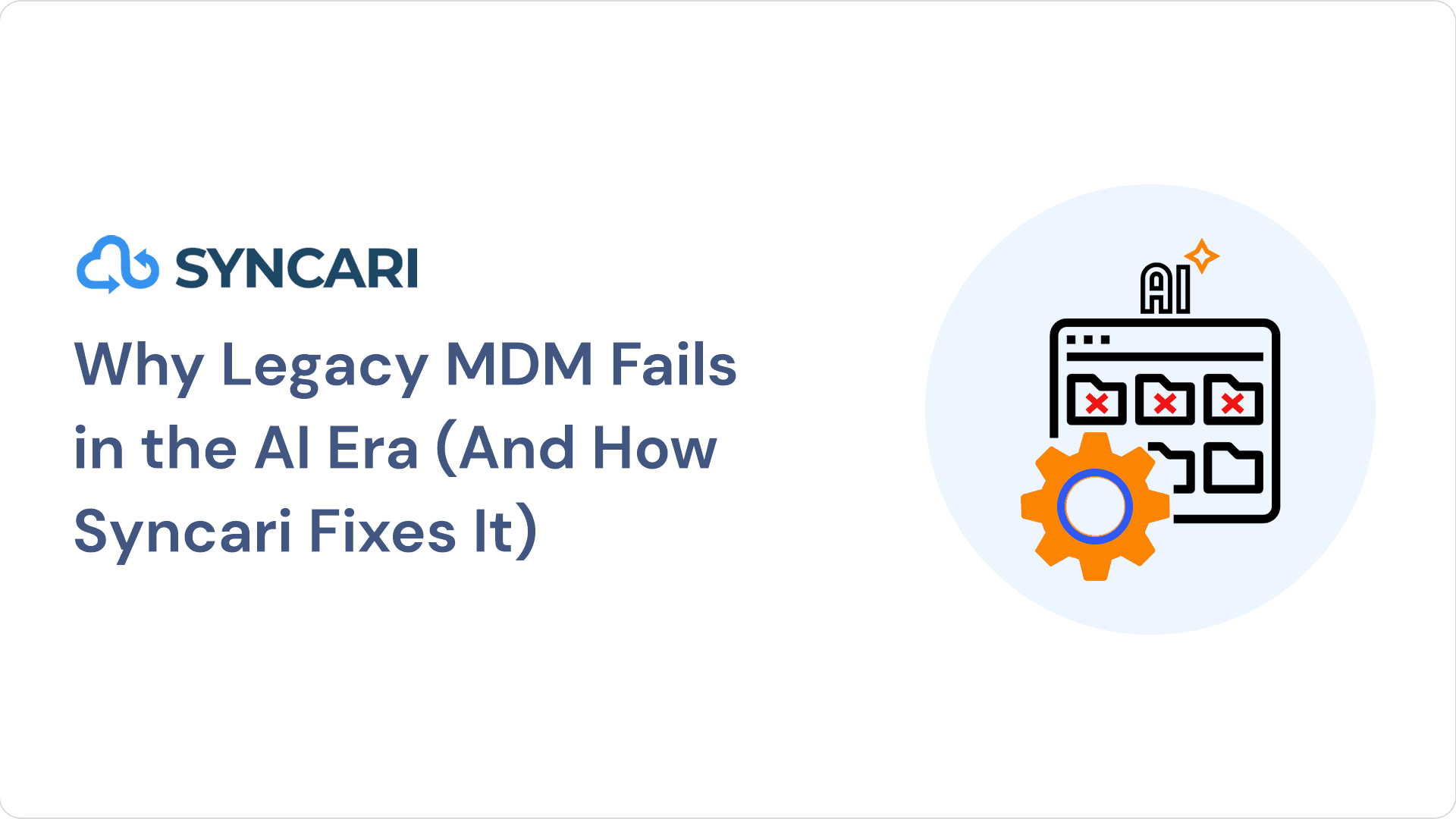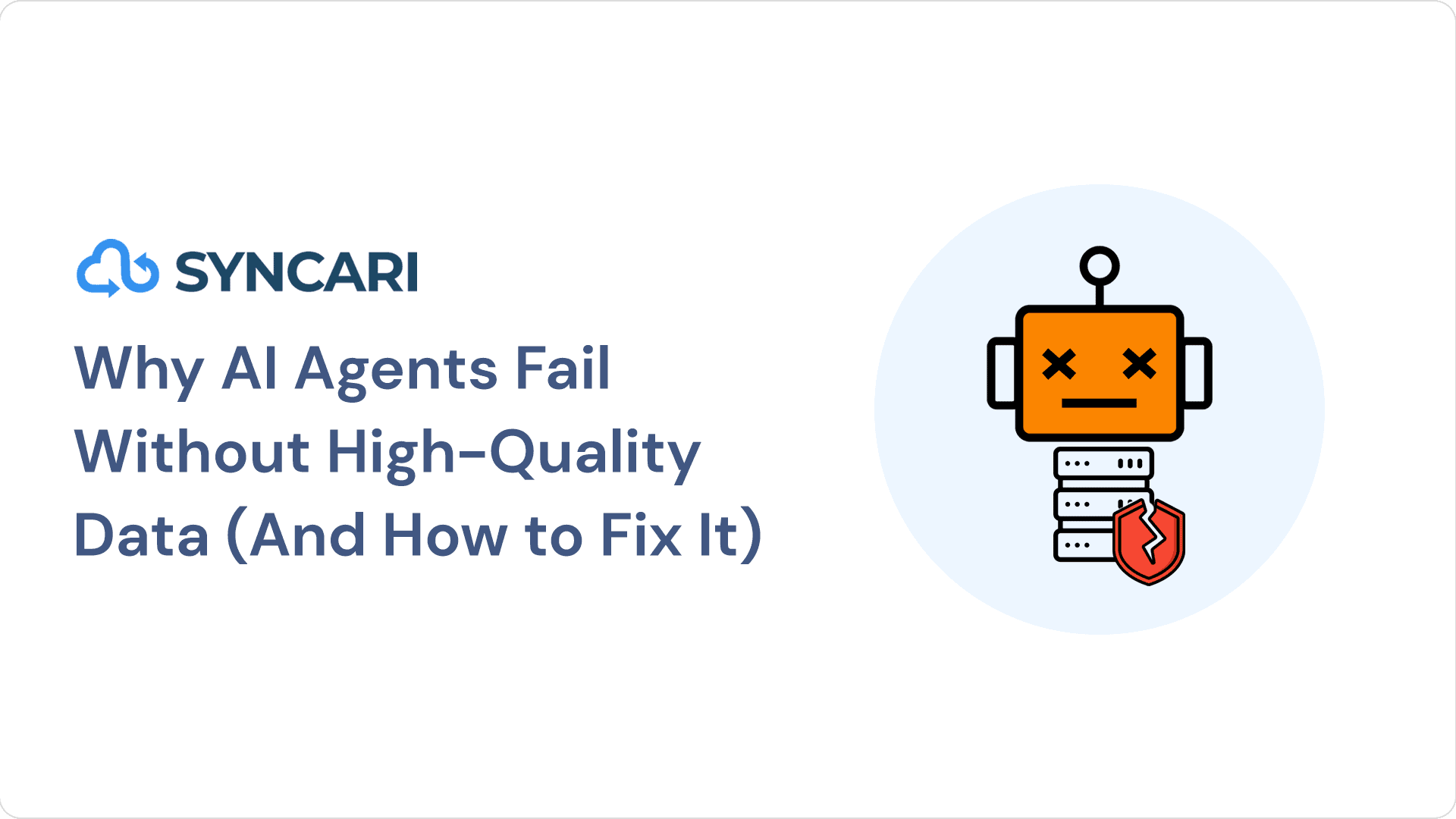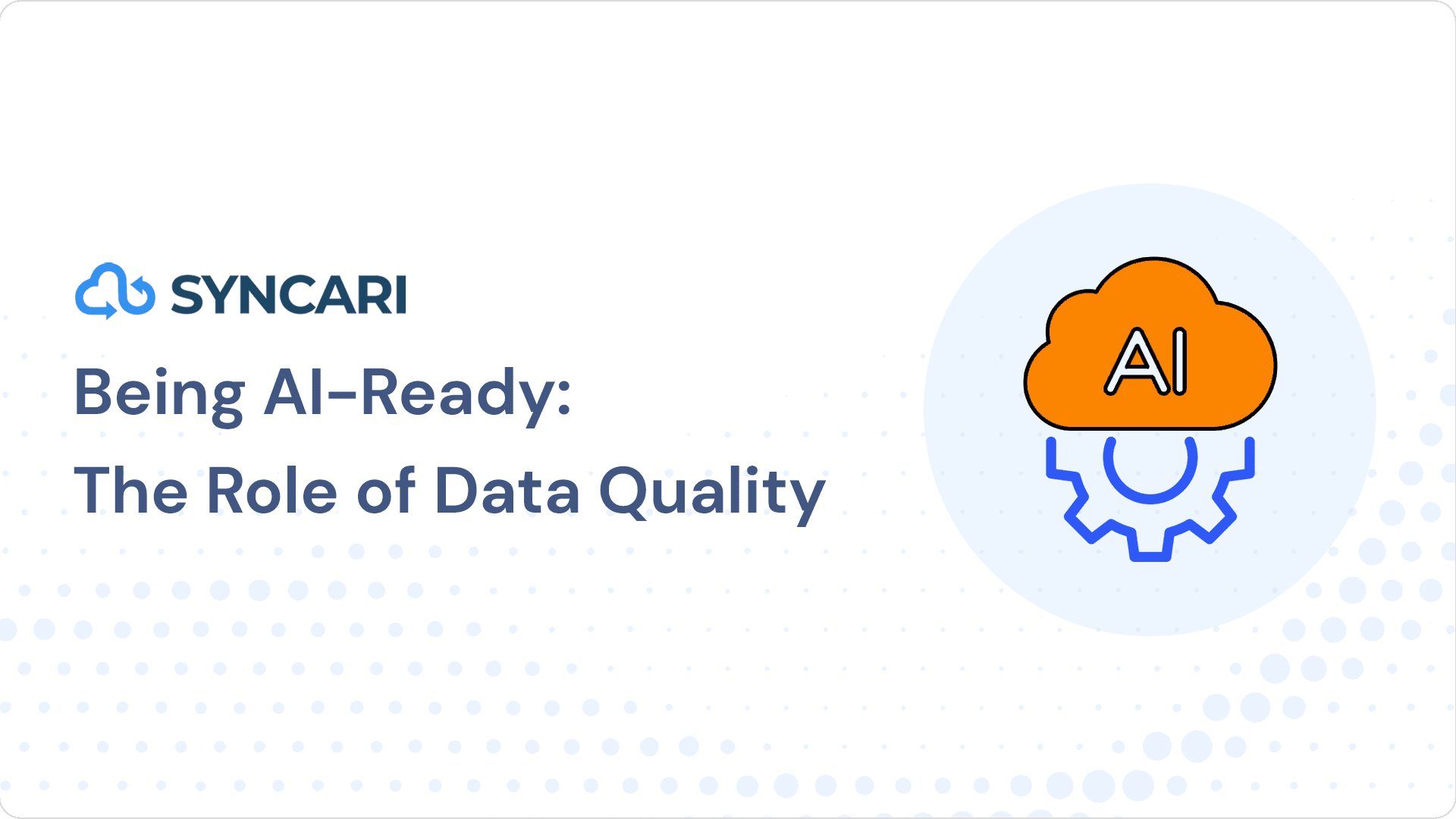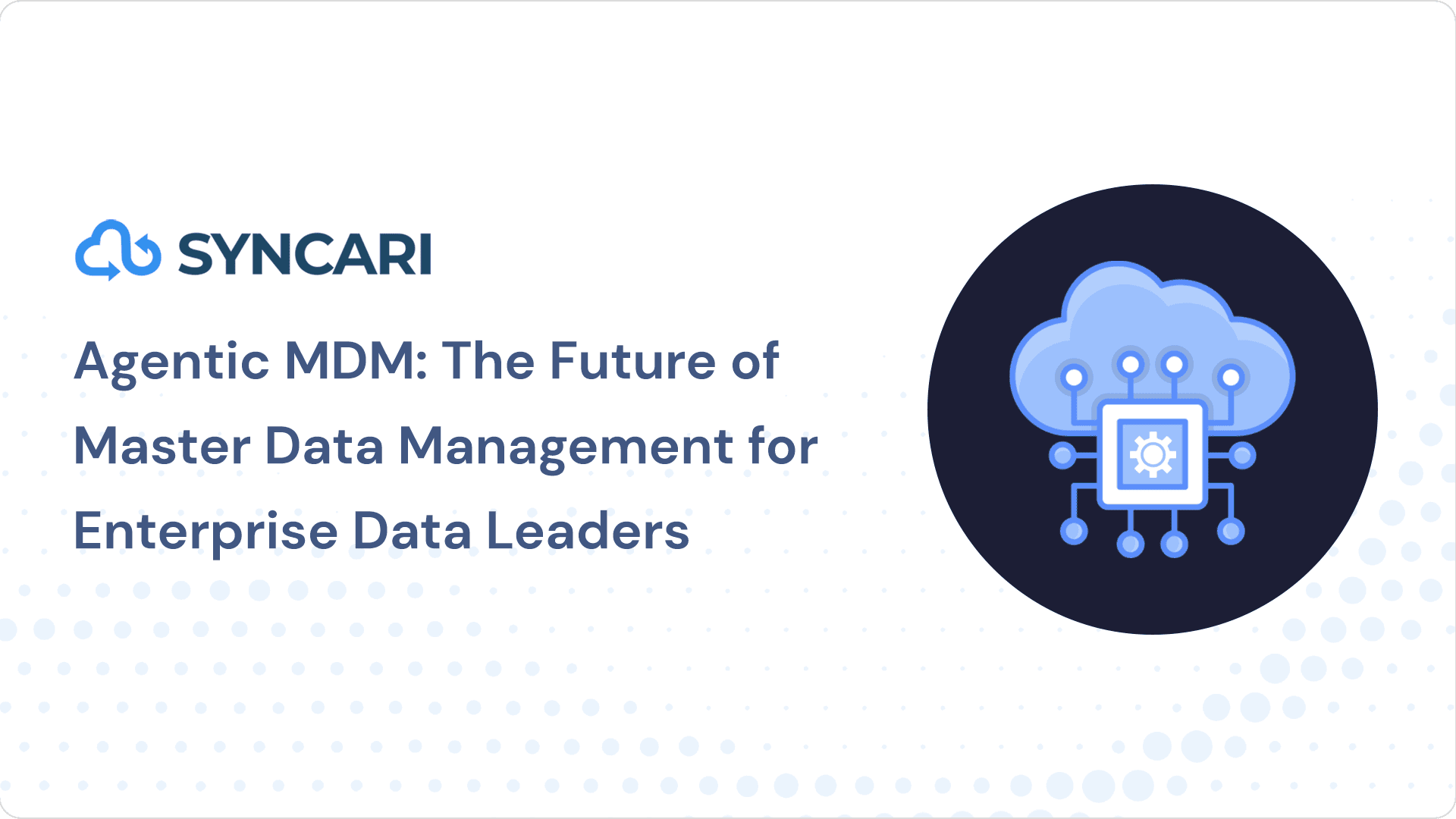It’s the driving value proposition of customer data platforms (CDP). They help gather, clean, and make sense of customer data collected from various sources and software to improve and personalize sales and marketing activities to specific customer profiles.
What exactly does a customer data platform aim to do?
In an ideal situation, a customer data platform (CDP) aggregates customer data from various sources. It helps develop comprehensive customer profiles to support marketing activities and provide individualized value to customers based on their interactions with your product.
CDPs are different from marketing automation software (MAT). They share similar functionalities like coordinating marketing workflows, improving customer engagement, and monitoring data to improve decision-making and marketing impact. However, the primary purpose of a customer data platform is to gather, clean, and integrate past and real-time customer data and merge and share customer details with other systems in an organization.
CDPs are used mainly by marketing teams, though finance, revenue operations, management teams, and executives may also use them. They develop and share a detailed view of an organization’s customers, enabling multiple teams to work quickly and collaborate better with the same data.
Enterprise customer data platforms minimize the need for manual data entry and updates, thus reducing human errors. They use automation to close gaps and collect input from various sources. To get accurate insights from your CDP reports, integrate a data automation software and other business-critical functions, including customer relationship management (CRM), marketing automation, business intelligence (BI), and enterprise resource planning (ERP).
Key functionalities of a customer data platform
When implemented well, CDPs can be helpful for data-driven marketing analysis and market research. They help conduct predictive analytics and support innovation recommendations with real-time customer data stored on the CDP. CDP Institute defines the two main functionalities of customer data platforms as:
- Serves as a unified database for customer data and profiles: CDPs aim to create a comprehensive view of your customers by capturing data from interactions and engagement with your product or service. This data is pulled from many sources, including social media, email, websites, ads, and search engines. The ultimate goal of a customer data platform is to update and merge all information related to the same customer and store it where teams can access and use it easily.
- Is accessible to other systems: Data stored in a CDP should be accessible to those who need to work with customer data as inputs. Data added, updated, and stored on a CDP can be used by teams and integrated business tools to complete tasks. However, many CDPs don’t proactively distribute updated data to other systems. To ensure coordinated distribution of your customer data, implement data automation software alongside your CDP to manage secure data transfer between people and systems.
Customer data platform features to look out for
In addition to the above, CDPs provide functions such as marketing performance analytics, content marketing, and predictive modeling. Must-have customer data platform features to look out for include:
- Provides a complete view of each customer and customer profile
- Groups customers into observable profiles based on behavior
- Has a consistent identifier linking to each customer’s data
- Enables marketing teams to predict the best next move to engage with customers
Examples of data types CDPs work with
CDPs work with many data types, including:
- Customer traits: This information is typically collected at product sign-up or registration for a new service. Examples are age, gender, location, and date of first interaction.
- Transactional data: This data is collected when a customer buys something for the first time. Examples of transactional data include purchase and returns details and data from a point-of-sale (POS) terminal.
- Customer events: This data is collected from browsing activity and actions on a website or app like clicks on a banner, watching a video, or signing up for a newsletter.
- Marketing campaign data: This data is collected from engagement with a marketing campaign. Examples include impressions, clicks, reach, and engagement.
[ Related: What Is Salesforce Data Pipelines? ]
2022 customer data platform (CDP) trends
Here are some exciting CDP trends to watch out for this year:
Expansion beyond marketing
Campaigns using predictive recommendations are more effective than those that don’t. CDPs have always been used in marketing, but with COVID-induced accelerated digital transformations and fast-changing customer tastes and expectations, the need to share real-time customer profiles across departments in an enterprise is heightened.
This change impacts CDP requirements as enterprise customer data platforms handle larger volumes and varieties of data than marketing CDPs. Enterprise CDPs also connect with more sources and destination systems. They need to meet higher standards for security and reliability and adjust quickly to scaling, data, and user requirements changes.
Increase in pre-packaged programs
Research shows organizational readiness is one of the top problems companies face when deploying customer data platforms. Team members’ time, skills, and savviness are the most common barriers to adopting CDPs, especially enterprise CDPS. CDP vendors should provide training and educational materials to help buyers onboard their teams. Many are now creating pre-packaged programs that include data models, content and report templates, process workflows, and other components to simplify CDP deployment for customers.
More unique, no-code solutions
As the no-code movement grows, more businesses are building their own CDP solutions. While pricing and flexibility are advantages for using no-code solutions, their solutions may be reductively simple.
Differences in the complexity of data connections and maintaining persistent, up-to-date customer profiles and requirements in real-time is important. It makes it worth considering working with no-code or low-code vendors.
[ Related: The B2B Customer Data Model: why it matters and how to build on ]
How to get the most benefits from your customer data platforms
The main advantage of a CDP is its ability to collect data from various sources and convert them into a standardized, usable form. To get the most benefits from your CDPs, keep in mind that CDPs alone are not a panacea for all customer data problems.
Simply buying and setting up a CDP will not make all your problems disappear. Instead, learn to optimize your CDP to get more value.
Optimize your use of CDPs
Three ways to ensure optimal use of CDPs are:
- Set it up to fit your business goals and workflows: CDPs are built to collect customer data from many sources, merge them to create a comprehensive view, and make this data available to other systems. Ensure that your CDP is set up with proper rules and workflows to achieve your goals in sync with other systems your organization uses.
- Practice agility: CDPs provide real-time data that can impact your marketing plans and bring in incredible ROI. Allow your teams to work with an Agile mindset and adopt a flexible technology stack. Flexibility enables adaptation to changes in customer behavior and technology trends. Also, analyze CDP reports to drive better customer experiences.
- Ensure true democratization of data: Marketing, sales, customer service, and business intelligence depend on receiving accurate customer data to achieve their goals. Ensure your CDP is well-integrated with the systems powering these operations. Connect a data automation solution to optimize your CDP data transfer. Confirm adequate access across teams and projects.
CDP integration: Trusting your data and satisfying customers
If you can’t trust the sanctity of your data, there’s not much you can do with it. Today, customers use more channels and devices than ever to communicate with businesses. They also have high expectations for good and consistent customer service.
With an integrated CDP in place, organizations can utilize a new superpower of predicting customer needs and fulfilling them to their utmost delight. The task of integrating point solutions, collecting and unifying customer data, and setting up new technology stacks and tools breaks when your CDP is inadequate.
Learn how you can overcome the problems of traditional CDPs with a data automation software like Syncari. Data automation platforms solve the problem of inaccessible silos in CDPs. They do this by distributing clean and complete data to your other systems automatically and in real-time, ensuring you never have to worry about data fragmentation again.




